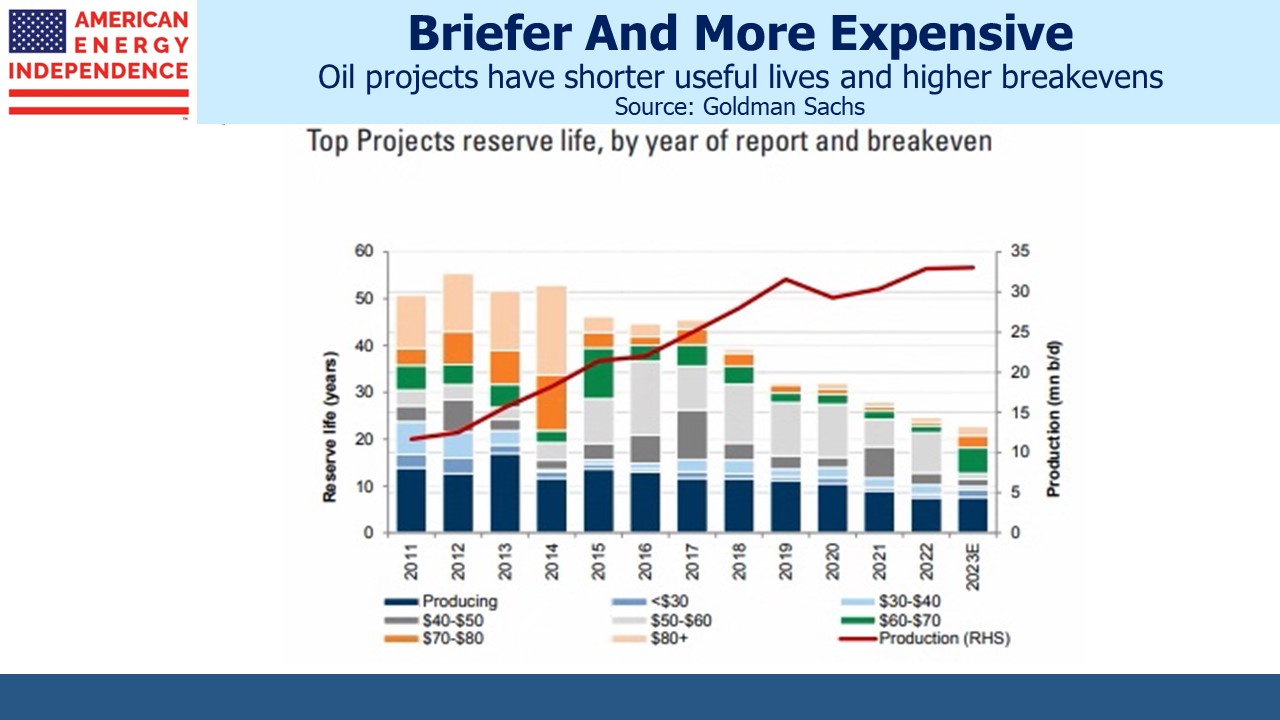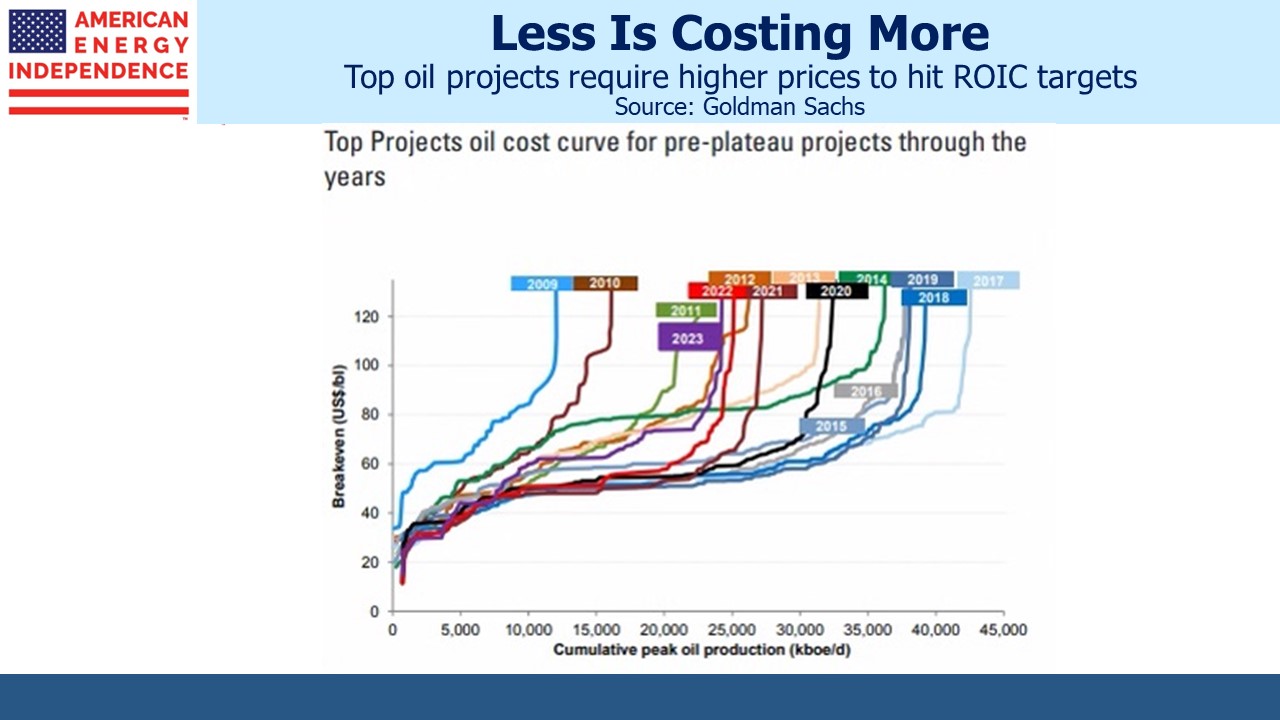Life Is Better After Greta
Life after Climate Change: Better than you think by Bjorn Lomberg was recently published in the National Review. Lomberg has published several books arguing that climate change isn’t the existential disaster often portrayed in the media. His most recent is False Alarm: How Climate Change Panic Costs Us Trillions, Hurts the Poor, and Fails to Fix the Planet. He offers a thoughtful counter to that wretched young woman Greta who lectured us from the UN in 2019 (“How dare you?”). Her star has been falling ever since, with occasional news coverage only when her protests lead to an arrest.
The National Review article and two other pieces were brought to my attention by a long-time client and friend as examples of unconventional thinking that deserve more widespread dissemination. Lomberg harnesses facts to present a future unlikely to be catastrophic. He notes that global hurricanes last year were the second weakest batch since 1980 when satellites began capturing data. The UN Climate Panel expects strong hurricanes to increase by 10-20%. Annually, they cause damage worth 0.04% of GDP, a figure expected to continue falling. A richer world will have more property to damage but will also be better able to afford resiliency to protect lives and assets.
Heat deaths have been rising, but globally 8X as many people die from cold, which makes blood vessels constrict to maintain warmth for internal organs, driving up blood pressure. It’ll sound flippant, but I spend much more money and effort avoiding cold weather, by spending most of the winter in Florida. I like 90 degrees. If we faced global cooling I would be far more agitated. The prospect of glaciers returning to New Jersey would be a deterioration in quality of life hard to pin on the state’s Democrats.
Lomberg goes on to note that the % of land burned in forest fires has been falling from around 4.2% in the early 1900s. And that improving living standards will reduce malnutrition. Higher energy prices and reduced access to fossil fuels will directly impede this process. For good measure he adds criticisms of solar and wind that will be familiar to regular readers (intermittency; low energy density; heavy reliance on steel and concrete). Lomberg doesn’t dispute that rising CO2 levels will cause warming, but he advocates assessing the costs and benefits of different policies, something rarely heard from climate extremists.
The UN advocates for energy policies that will constrain planetary warming to 1.5 degrees Celsius above 1850. Today we’re only 0.4 degrees away from that theoretical threshold at which disaster becomes unavoidable. Modelling the climate is complicated and precise forecasts aren’t credible. We should address the risk but human lives are at stake from impetuous liberal energy policies too.
Mark Levin’s American Marxism includes text from AOC’s Green New Deal to remind how far left policies on climate would lead to Federal control of vast parts of the economy via an army of new bureaucrats spending $TNs. The Green New Deal’s preamble asserted disproportionate harm to “indigenous communities, communities of color…women”. For more detail of its shortcomings, see The Green New Deal’s Denial of Science and The Bovine Green Dream.
Bjorn Lomberg cites a study showing that cheap US natural gas had allowed poorer households to be better heated, saving an estimated 11,000 lives each year.
A monthly newsletter by Stephen Leeb (The Complete Investor) was the third piece shared by my friend. Leeb makes the case for higher long term crude oil prices, arguing that global demand will inevitably keep rising because of emerging economies led by China, and that current prices imply unrealistic assumptions about future supply growth.
Research from Goldman Sachs shows that the increased costs of developing large new oil reserves has reduced capex and average reserve life while also driving up break-evens. The industry’s investment has been in a down cycle for almost a decade. US shale led to lower prices and convinced companies to curb spending. The ESG movement made big public companies sensitive about supplying what amounts to 80% of the world’s energy. The consequent increase in free cash flow has been good for shareholders. Hug a climate protester.
But Russia’s invasion of Ukraine made the EU consider energy security for the first time in living memory. Renewables have delivered hype but not yet made a meaningful dent in the global energy mix. Today even European companies like Shell are increasing their investments in reliable energy, following their American peers in the hope of recouping recent stock underperformance.
The views expressed in the writings shared by my friend have always represented pragmatic realism. As they become more mainstream we’ll all benefit from more balanced climate policies that consider cost-benefit tradeoffs. The tiresome Greta is becoming an anachronism, reflecting all that is bad about the extreme climate movement.
We have three funds that seek to profit from this environment:

